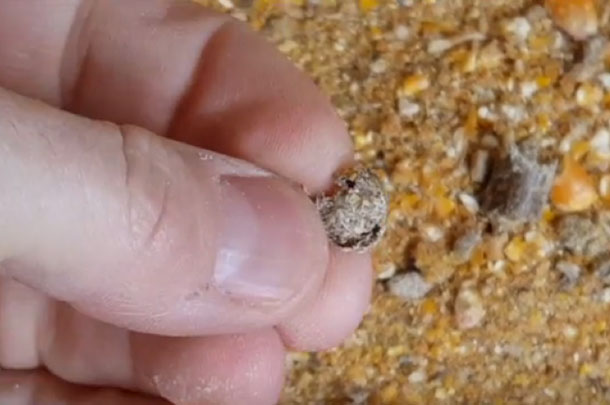With that in mind, I look for the big problems that most feeders are dealing with today and ones that will be around tomorrow. I have no reservations in saying any nutritionist worth his salt would know that the biggest problem facing our industry from cow-calf to finishing can be spelled out in 3 little letters H-A-Y. Yes, fiber, forage, roughage. Not protein or energy, but fiber.
The Price and Problems Associated with Hay
Do you know what your most expensive ration ingredient is? Not by the dollar spent, or price per unit, but based on performance received? The answer is fiber. Why you may ask? Because fiber typically provides the least amount of nutritive value. The primary purpose of fiber in the ration is not digestible nutrients, but particles of adequate size to stimulate rumen motility and prevent bloats.
Typically, cattlemen and nutritionists alike will try to solve for the problem of fiber balance in 3 ways:
- INCLUSION: This means finding the fine line between just enough fiber to prevent acidosis and not so much that you reduce gain and hurt feed efficiency. Unfortunately, with the inconsistency of most hay, this becomes a moving target.
- TYPE: This means trying to extract some digestibility from the roughage but also having a physically effective NDF that will stimulate rumen motility to prevent acidsosis/bloat.
- BUYING CHEAP: So they can leverage the cost of fiber in the ration.
Regardless of the inclusion, type or price, if your fiber source is not consistent, your cattle will not perform up to potential.
Regrettably, the problem is usually compounded on the yard based on the way we’ve always handled feeding fiber. Here’s how:
- When we take hay and put it through an inefficient tub grinder leading to inconsistent fiber length (too long they sort out and may refuse to eat and too short it does not stimulate rumen motility).
- We add labor to store and move the low bulk density material.
- Time and handling lead to shrink, reduced quality and loss.
- Inconsistent, old hay lead to reductions in cattle performance.
Traditional methods of processing and storing hay actually hurt your cattle’s performance.
Is Hay Hurting your Operation?
Here are some ways to figure out if your hay feeding program can use some help:
- When you do the math, does your cost of buying, grinding, handling, storing and shrink surprise you?
- Do you experience more than 5% shrink of your stored hay?
- Do you experience moldy hay?
- Do you feed low quality hay because it’s the only option?
- Can you use your bay space more efficiently by purchasing other ingredients if you had the option?
- Are your cattle pushing stools that are loose, inconsistent or too thick?
- Are your cattle’s health, intake or gains struggling?
How You Can Manage Hay Better
Below are some suggestions and options that we at Great Plains Livestock Consulting utilize to improve what a lot of times is overlooked when it comes to feeding hay:
- Use a quality pelleted forage product like ForageEQ™.
- If tub grinding, slow down and handle bales carefully.
- Store hay under roof and rotate occasionally to keep fresh.
- Get the most consistent source of fiber in the ration that you can.
- Evaluate pricing trends to optimize your bay space.
- Use manure as a gauge.
- Manage and evaluate your operation daily and adjust proactively.
- Run a feed analysis for each lot of forage to evaluate moisture, protein, ADF, NDF, and starch.

The Future of Fiber
Fiber consistency and quality is a foundational part of any great ration. Keeping up with the times and keeping cattle on feed, happy, healthy and performing well is a mainstay of any operation to have longevity.
If you’re a do-it-yourself kind of operation, use the suggestions above to get the most out of your existing feeding strategy. As a newer and potentially more convenient alternative, Pellet Technology USA has developed a consistent, palatable and safe pelleted fiber feed called ForageEQ™. We have used it in several rations and have had great results.
In either case, be proactive, talk to your fellow cattlemen, your nutritionist or your other trusted advisors. Do something today that will improve your operation for the long-haul, then do it again tomorrow. Happy feeding!!!
Ki Fanning, Ph.D., PAS.
Great Plains Livestock Consulting, Inc.
(402) 781-9378






